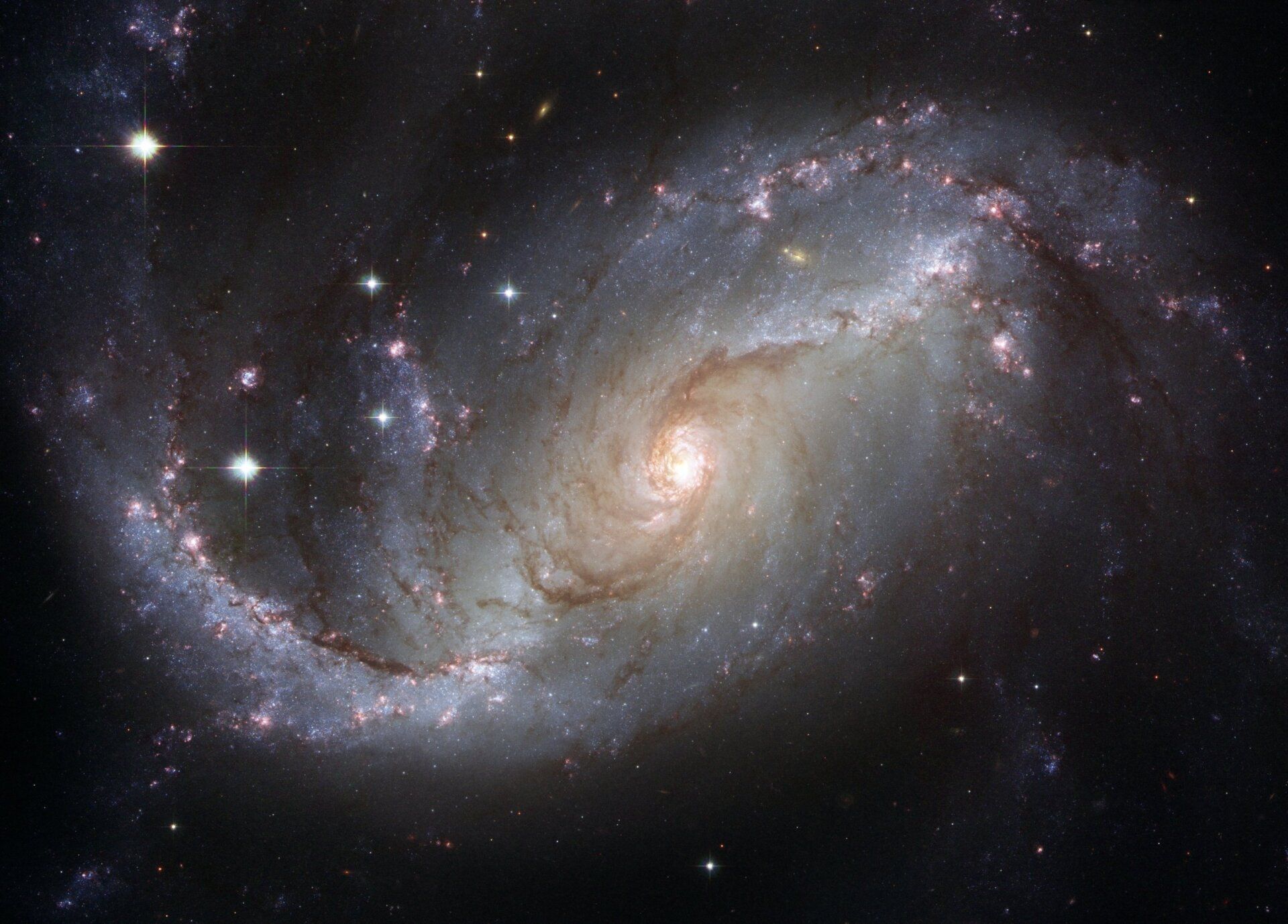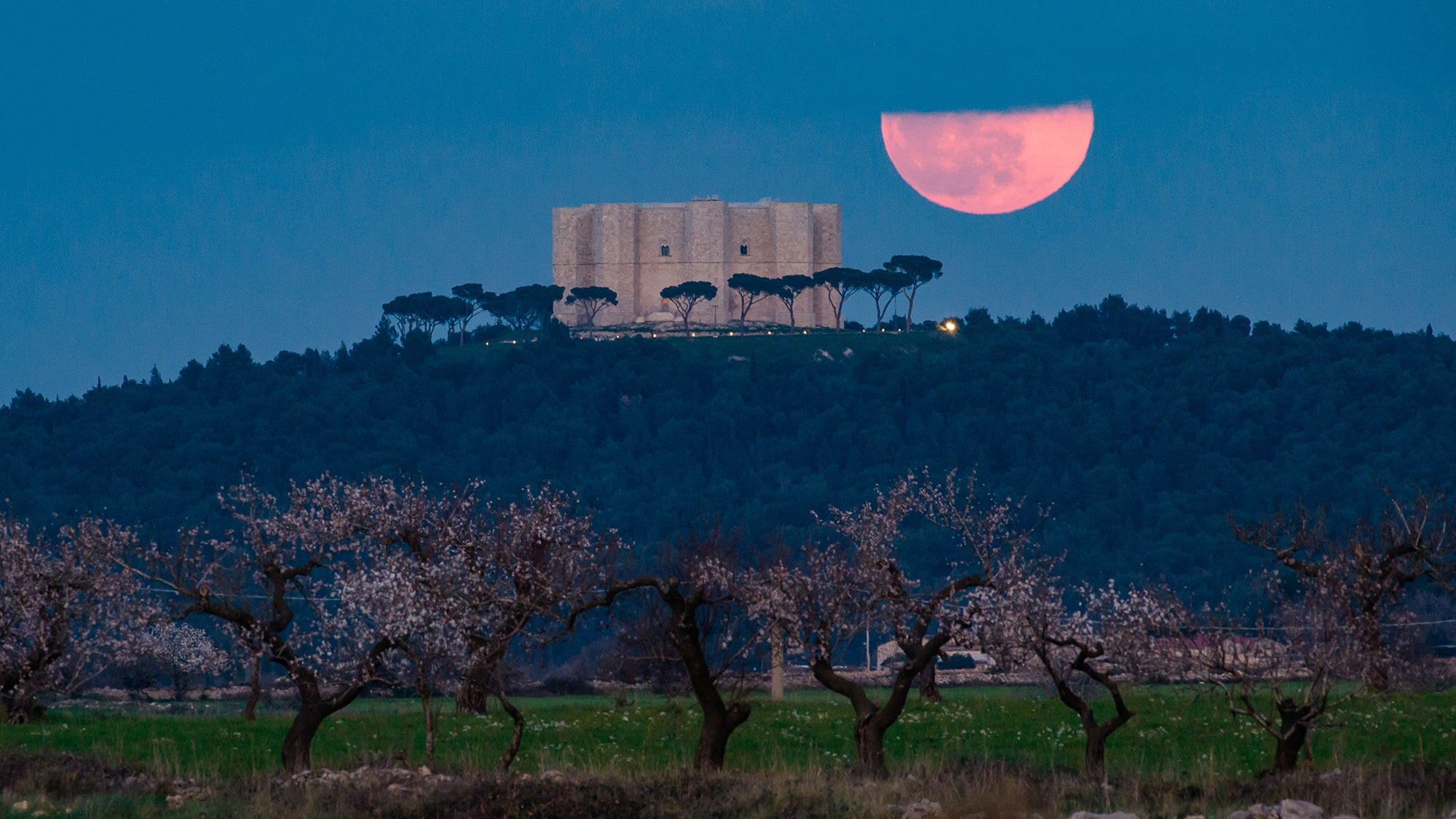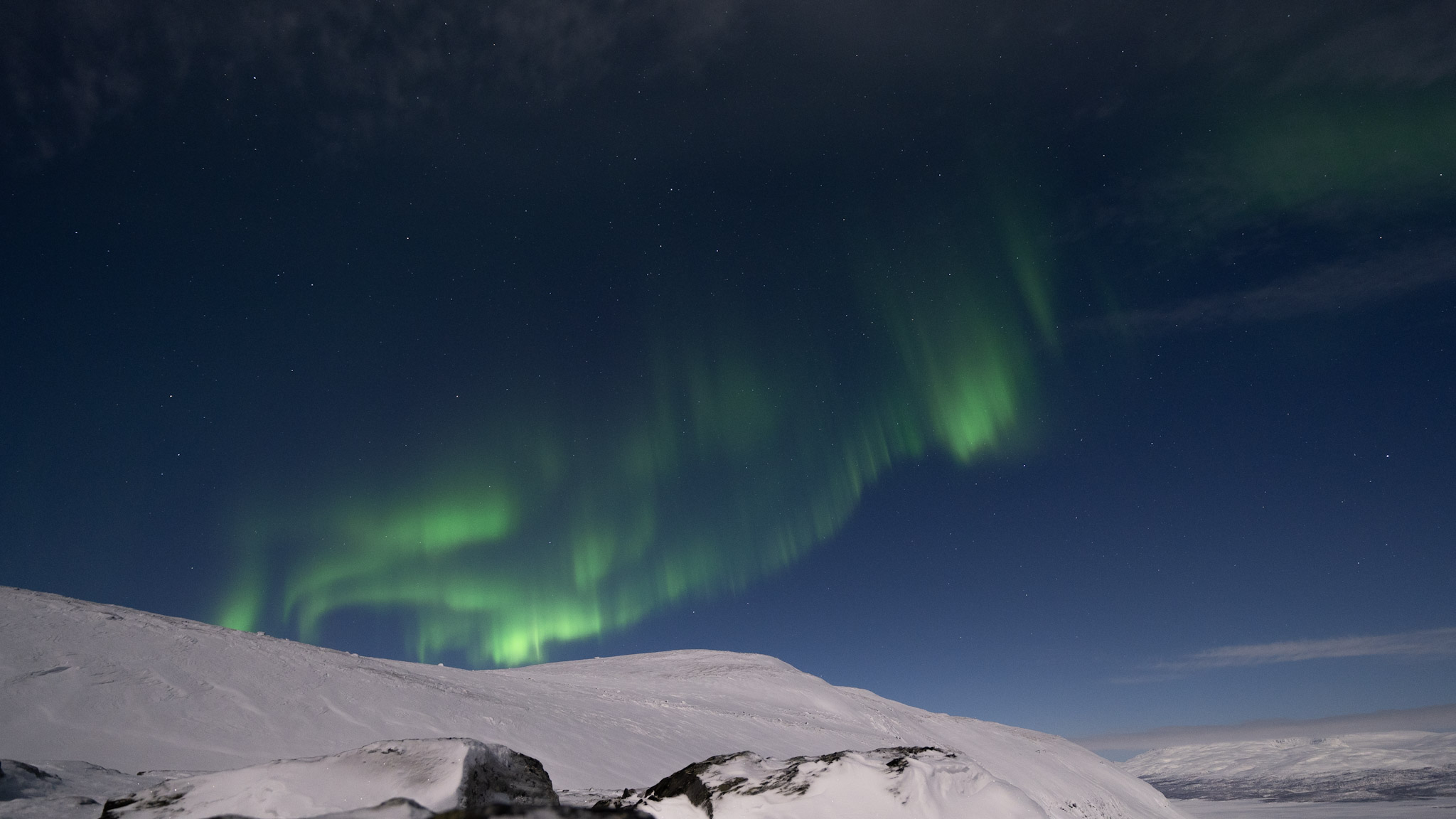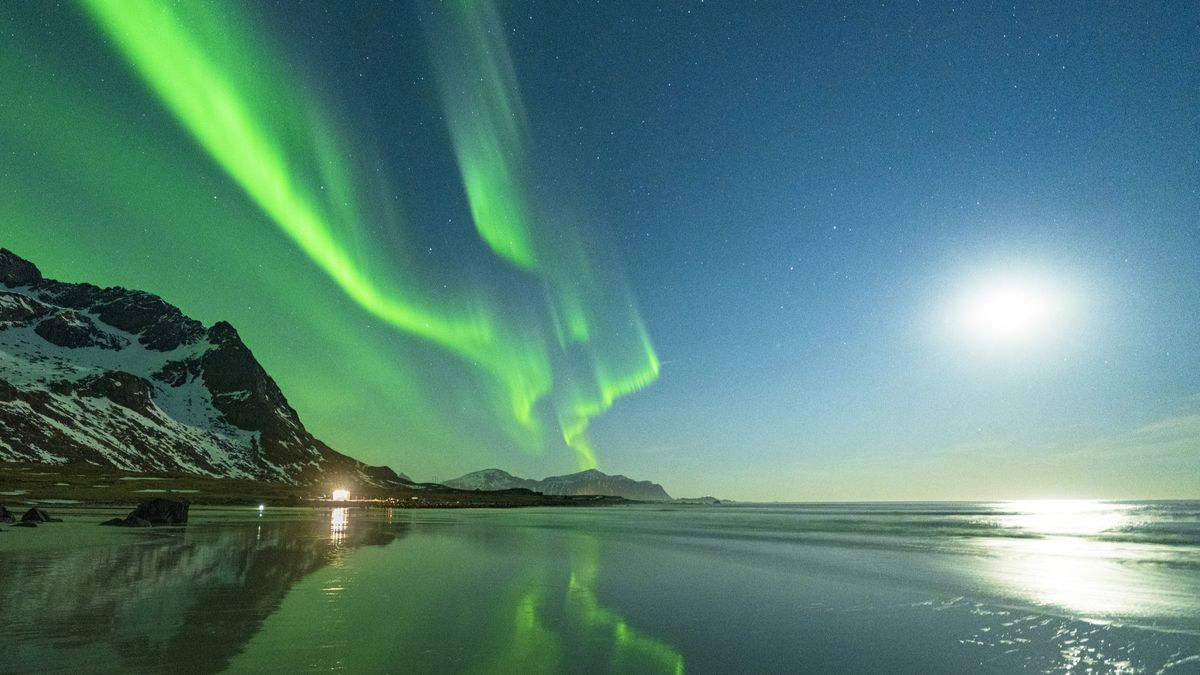
March is an exciting month for stargazers as the northern lights are at their best, and several celestial events light up the skies. Venus, known as the Morning Star, brightens the southeastern horizon starting March 1st around 5:30am CT, while Jupiter hovers above a brilliant crescent Moon on the evening of March 14. Mercury makes its best evening appearance of the year during the second half of March, and comet 12P/Pons-Brooks is visible in a reasonably dark location at the end of evening twilight low in the northwestern sky mid-month.
The Winter Hexagon, consisting of six bright stars centered on Orion the Hunter, tilts into the southwestern sky as Regulus in Leo and Arcturus in Boötes take their place in the eastern sky at mid-month. Jupiter continues to dominate the southwestern sky at nightfall, setting about two hours after evening twilight ends.
March is also known for its high geomagnetic activity, with Earth experiencing six days of such disturbances on average, almost twice as likely in spring and fall compared to winter and summer. This increased solar activity results in a higher likelihood of seeing the northern lights or aurora borealis.
A penumbral lunar eclipse occurs overnight on March 2-3, with the greatest eclipse/deepest shadow at 1:30 am CDT and ending at 4:32 a.m. CDT. The Full Worm Moon rises to the east in Virgo around sunset on March 24-25, visible from the eastern U.S.
Lastly, this month marks the beginning of Daylight Saving Time on March 10 and offers several opportunities for viewing the International Space Station in the evening sky from northern mid-latitude locations between March 12-31.



